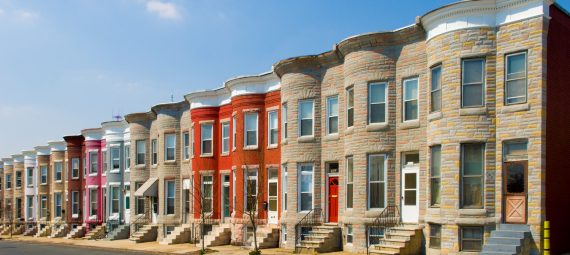The real estate market for affordable housing in the USA has been a topic of concern for many years. The lack of affordable housing options has led to a significant portion of the population being unable to afford a decent home. This has led to a number of negative consequences, including homelessness, overcrowding, and increased poverty. In this article, we will explore the current state of the affordable housing market in the USA, the challenges facing it, and potential solutions to address these challenges.
One of the main challenges facing the affordable housing market in the USA is a lack of supply. The National Low Income Housing Coalition estimates that there is a shortage of 7.2 million affordable and available rental homes for extremely low-income renters. This is due in part to a lack of funding for the construction and maintenance of affordable housing units. Additionally, many cities and towns have zoning laws that make it difficult to build affordable housing in certain areas.
Another challenge facing the affordable housing market is a lack of affordability. Many low-income families are unable to afford the cost of rent, even for affordable housing units. This is due in part to the fact that wages have not kept pace with the cost of living. Additionally, many low-income families are also facing other financial challenges, such as high medical costs or student loan debt.
The lack of affordable housing also has significant impacts on the health and well-being of individuals and families. Overcrowding, poor living conditions, and frequent moves can all contribute to poor physical and mental health. Children living in overcrowded or unstable housing are also more likely to have difficulty in school, which can have long-term impacts on their education and future opportunities.
To address these challenges, a number of solutions have been proposed. One solution is to increase funding for the construction and maintenance of affordable housing units. This could be done through a variety of means, such as increasing federal funding for affordable housing programs or creating tax incentives for developers who build affordable housing units. Additionally, governments can also work to change zoning laws that make it difficult to build affordable housing in certain areas.
Another solution is to increase the availability of affordable housing vouchers. These vouchers are a form of government assistance that help low-income families afford the cost of rent. By providing more vouchers, more families would be able to afford decent homes, which would in turn help reduce homelessness and overcrowding.
Another solution is to increase the availability of affordable housing vouchers. These vouchers are a form of government assistance that help low-income families afford the cost of rent. By providing more vouchers, more families would be able to afford decent homes, which would in turn help reduce homelessness and overcrowding.
Another solution is to increase the availability of affordable housing vouchers. These vouchers are a form of government assistance that help low-income families afford the cost of rent. By providing more vouchers, more families would be able to afford decent homes, which would in turn help reduce homelessness and overcrowding.
Finally, there is a need for more education and outreach efforts to help low-income families understand their options for affordable housing. Many low-income families are not aware of the resources available to them, and this lack of knowledge can make it difficult for them to find and maintain affordable housing. By providing education and outreach efforts, more families would be able to find and maintain affordable housing, which would in turn help reduce homelessness and overcrowding.
In conclusion, the affordable housing market in the USA is facing significant challenges, including a lack of supply, lack of affordability, and significant impacts on the health and well-being of individuals and families. To address these challenges, a number of solutions have been proposed, including increasing funding for the construction and maintenance of affordable housing units, increasing the availability of affordable housing vouchers, changing zoning laws to make it easier to build affordable housing, and increasing education and outreach efforts to help low-income families understand their options for affordable housing. While there is no single solution that can fully address the affordable housing crisis, a combination of these measures can help to alleviate the problem and improve the lives of millions of Americans. It is important for government, private sector and civil society to work together to find sustainable solutions for the affordable housing crisis. Failure to do so will continue to have negative consequences on the economy, health and wellbeing of the citizens.
